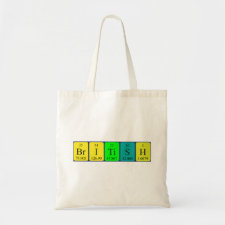
Authors: Panagiotopoulou M, Kunath S, Medina-Rangel PX, Haupt K, Tse Sum Bui B
Article Title: Fluorescent molecularly imprinted polymers as plastic antibodies for selective labeling and imaging of hyaluronan and sialic acid on fixed and living cells.
Publication date: 2017
Journal: Biosensors and Bioelectronics
Volume: 88
Page numbers: 85-93.
DOI: 10.1016/j.bios.2016.07.080
Alternative URL: http://www.sciencedirect.com/science/article/pii/S0956566316307096
Abstract: Altered glycosylation levels or distribution of sialic acids (SA) or hyaluronan in animal cells are indicators of pathological conditions like infection or malignancy. We applied fluorescently-labeled molecularly imprinted polymer (MIP) particles for bioimaging of fixed and living human keratinocytes, to localize hyaluronan and sialylation sites. MIPs were prepared with the templates D-glucuronic acid (GlcA), a substructure of hyaluronan, and N-acetylneuraminic acid (NANA), the most common member of SA. Both MIPs were found to be highly selective towards their target monosaccharides, as no cross-reactivity was observed with other sugars like N-acetyl-D-glucosamine, N-acetyl-D-galactosamine,-áD-glucose and D-galactose, present on the cell surface. The dye rhodamine and two InP/ZnS quantum dots (QDs) emitting in the green and in the red regions were used as fluorescent probes. Rhodamine-MIPGlcA and rhodamine-MIPNANA were synthesized as monodispersed 400 nm sized particles and were found to bind selectively their targets located in the extracellular region, as imaged by epifluorescence and confocal microscopy. In contrast, when MIP-GlcA and MIP-NANA particles with a smaller size (125 nm) were used, the MIPs being synthesized as thin shells around green and red emitting QDs respectively, it was possible to stain the intracellular and pericellular regions as well. In addition, simultaneous dual-color imaging with the two different colored QDs-MIPs was demonstrated. Importantly, the MIPs were not cytotoxic and did not affect cell viability; neither was the cells morphology affected as demonstrated by live cell imaging. These synthetic receptors could offer a new and promising imaging tool to monitor disease progression
Template and target information: d-glucuronic acid, GlcA, sialic acid, SA, hyaluronan, N-acetylneuraminic acid, NANA
Author keywords: Molecularly imprinted polymers, Hyaluronan, Glycosylation, sialic acid, Cell imaging, Quantum dots



Join the Society for Molecular Imprinting

New items RSS feed
Sign-up for e-mail updates:
Choose between receiving an occasional newsletter or more frequent e-mail alerts.
Click here to go to the sign-up page.
Is your name elemental or peptidic? Enter your name and find out by clicking either of the buttons below!
Other products you may like:
 MIPdatabase
MIPdatabase









